Thessaloniki is Greece’s second largest city, located in the north along the Thermaic Gulf. With its rich multi-cultural history, vibrant food scene, and coastal location, Thessaloniki offers visitors endless options for exploration and fun.
| No. | Activity/Attraction | Description |
|---|---|---|
| 1 | Byzantine Monuments | Marvel at historic Byzantine architecture |
| 2 | Local Wines and Greek Cuisine | Sample regional food and wine |
| 3 | Seaside Relaxation | Enjoy the beaches and seaside |
| 4 | New Waterfront | Explore the newly developed waterfront area |
| 5 | TIF (Trade Fair) | Experience the International Trade Fair |
| 6 | Carnival Celebrations | Celebrate local culture during Carnival |
| 7 | City Promenades | Unwind along scenic waterfront promenades |
| 8 | Archaeological Museum | Learn the city’s history |
| 9 | Festival of Lights | Be dazzled by light installations |
| 10 | Seich Sou Forest | Hike through nature near the city |
| 11 | Museum of Byzantine Culture | Explore Thessaloniki’s Byzantine heritage |
| 12 | Roman Forum Concerts | Catch concerts at an ancient Roman site |
| 13 | Day Trip to Halkidiki | Visit the beautiful Halkidiki Peninsula |
| 14 | Ano Poli (Old Town) | Stroll through the historic neighborhood |
| 15 | Diverse Cultural Experiences | Enjoy Thessaloniki’s rich culture and events |
2024 is an excellent time to visit this cosmopolitan port city. Exciting developments like the expansion of the Archaeological Museum and new waterfront redevelopment projects will give travelers more to see and do. Thessaloniki continues to host popular annual events like the International Trade Fair and Festival of Lights.
Read on for the top 15 things to experience in Thessaloniki in 2024.
Marvel at Byzantine Monuments

Name and Location: Thessaloniki’s Byzantine monuments are scattered throughout the city.
History and Significance: As an important Byzantine city, Thessaloniki contains many surviving examples of Byzantine architecture including churches, fortifications and more.
What to Expect: Must-see Byzantine sites include the Rotonda, Ayios Demetrios, Church of Ayia Sophia, and the city’s famous Byzantine walls.
Visitor Information: Most monuments are open to visitors for a small fee or are free. Opening days/hours vary.
As an important city during the Byzantine Empire, Thessaloniki is home to extraordinary Byzantine architecture and art.
Must-see Byzantine sites include the powerful Walls of Thessaloniki, the UNESCO-listed churches of Hosios David and Saint Demetrius with their ornate interiors, and the Arch of Galerius dating to the 4th century. Guided walking tours hit all the key sites and provide context for understanding the city’s Byzantine past.
Sample Local Wines and Greek Cuisine

Name and Location: Throughout Thessaloniki’s restaurants, ouzeris, and wine bars.
History and Significance: Thessaloniki and the surrounding regions are known for wine varietals like xinomavro, as well as fresh seafood, meze dishes, and regional specialties.
What to Expect: Sample rich Macedonian wines, fresh-caught seafood, meze spreads, moussaka, pastitsio, grilled meats, cheeses, and more.
Visitor Information: The Ladadika district offers a concentration of good local restaurants and ouzeris to try.
Thessaloniki excels when it comes to dining and nightlife. Foodies will love sampling fresh seafood, meze appetizers, regional wines, and modern Greek cuisine. Highlights include Ouzeris serving ouzo drinks and small plates, historic Modiano Market’s food stalls, and Ladadika district’s restaurants and bars.
Look for pop-up food events and craft beverage tours offered in 2024. Don’t leave without trying classic dishes like fried sardines and bougatsa custard pie.
Relax at the Seaside
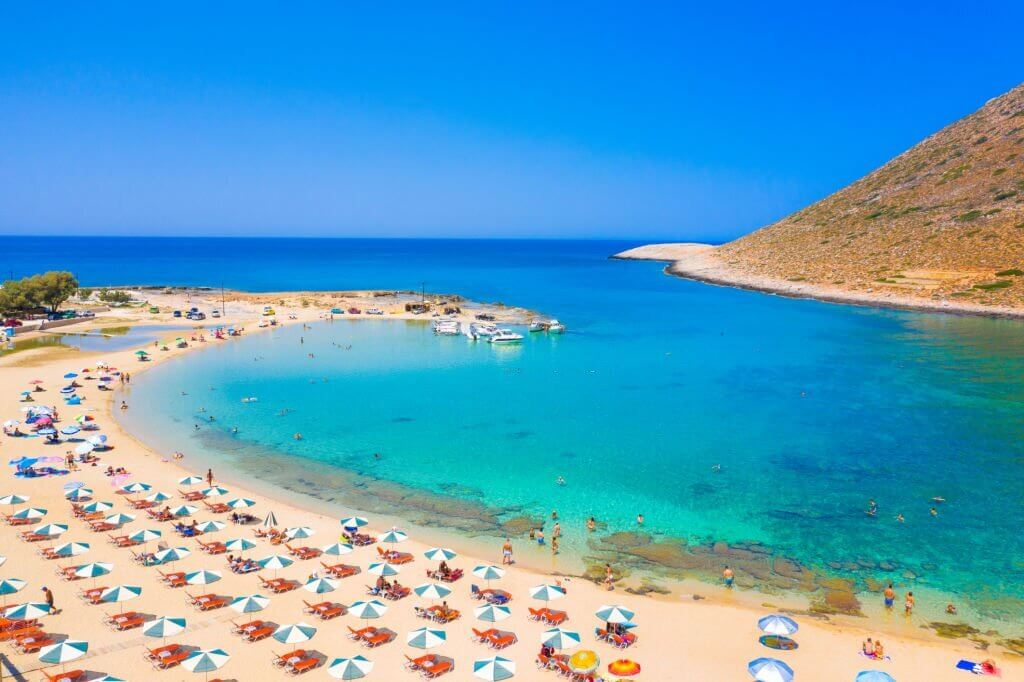
Name and Location: Thessaloniki’s beaches are located along the Thermaic Gulf east of the city center.
History and Significance: Popular beaches like Aretsou and Peraia offer swimming, recreation and beautiful sunsets along the waterfront.
What to Expect: Sandy beaches, beach chairs/umbrellas, cafes and seaside tavernas. Good for swimming, walking and relaxing.
Visitor Information: The beaches can be reached easily by local bus or taxi. Open to the public. Best from May to September.
With miles of coastline, Thessaloniki is made for relaxing by the water. The beaches near the city offer beautiful blue flag shorelines and amenities like sunbeds, umbrellas, cafes, and water sports rentals.
Popular spots include Peraia Beach, Nea Krini Beach, and Aretsou Beach. For quick beach getaways, head to resort towns like Epanomi and Mihaniona. The shores here have activities for all, from families to surfers.
Explore the New Waterfront
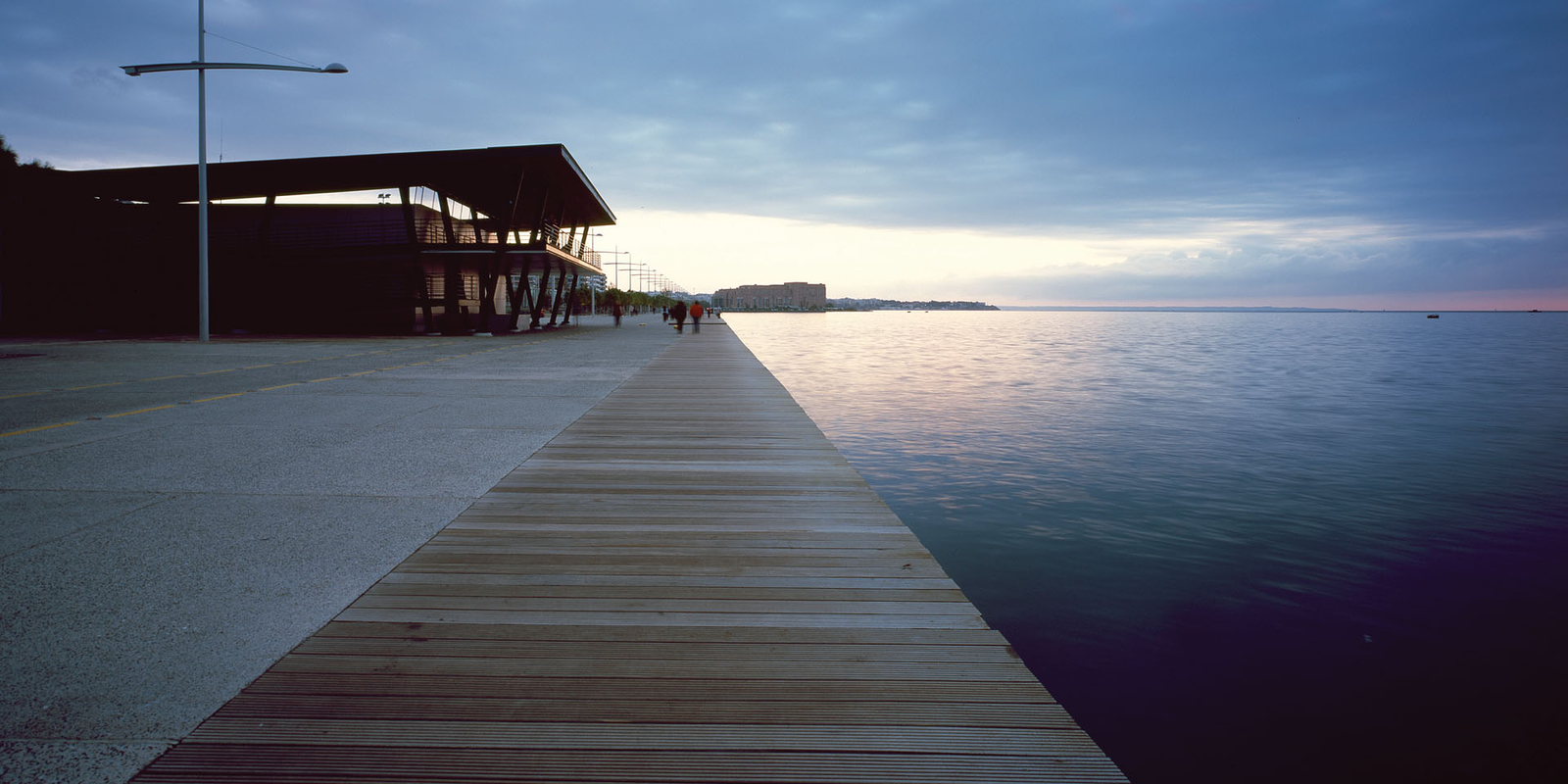
Name and Location: Thessaloniki’s waterfront spans over 3km along the Thermaic Gulf.
History and Significance: The waterfront was renovated in 2013 to feature pedestrian walkways, gardens, fountains and lighting installations.
What to Expect: A pleasant area to stroll along the sea, people-watch, dine at waterfront cafes and admire the views.
Visitor Information: The waterfront is open to pedestrians 24/7. It connects the city center to the Peraia neighborhood.
Thessaloniki’s waterfront is getting a makeover just in time for 2024. The Nea Paralia project will transform the Thermaic Gulf shoreline with pedestrian zones, cycle paths, green spaces, fountains, and outdoor event areas.
Extending 1.5 miles from the White Tower to the marina, the new waterfront will provide perfect settings for strolling, people watching, and taking in the sea views. It’s one of the city’s most exciting and innovative developments in decades.
Experience the Fantasy World of TIF
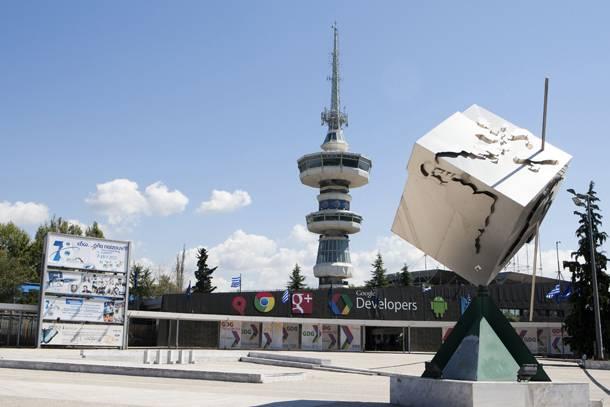
Name and Location: The Thessaloniki International Fair (TIF) takes place annually in Thessaloniki Expo Center.
History and Significance: TIF began in 1926 showcasing industry and technology. Today it offers entertainment and attractions for all ages.
What to Expect: Concerts, art displays, exhibitions, entertainment, food, interactive technology and a fantasy world for kids.
Visitor Information: Runs for about 10 days every September. Check website for exact dates. Tickets required.
Each September, Thessaloniki hosts TIF, one of the largest fairs in Southeast Europe. For two weeks, this International Trade Fair transforms the city into a hub for business and entertainment.
Must-see attractions include concerts, art displays, product exhibits ranging from tech to food, and colorful carnival rides. Evening fireworks and lightshows bring the excitement to life. Don’t miss the grand parade culminating the event.
Celebrate Local Culture During Carnival
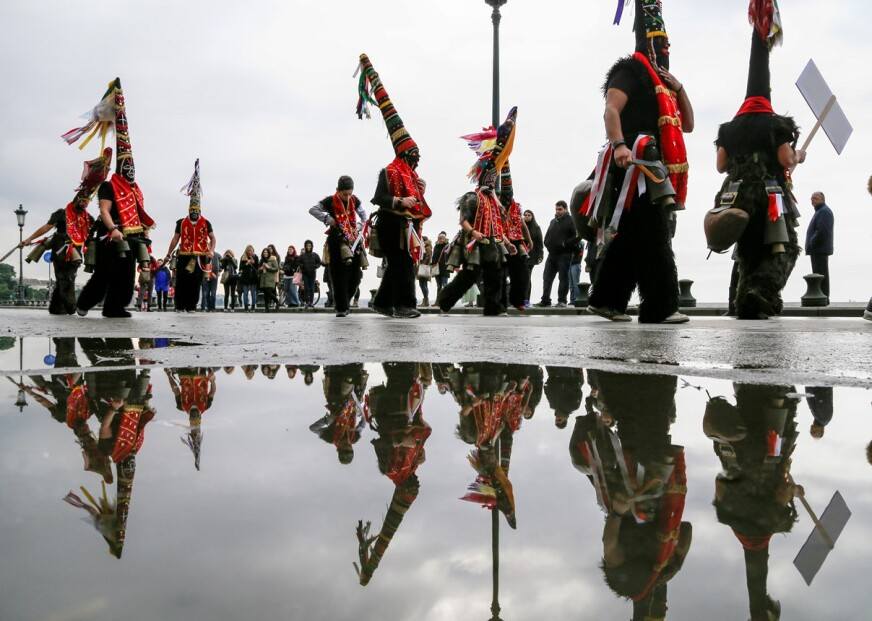
Name and Location: Thessaloniki’s annual Carnival takes place in public squares and streets.
History and Significance: Carnival is celebrated before Greek Orthodox Lent with parades, costumes, music and feasting.
What to Expect: Colorful costumes, floats, live music, dancing, Carnival Queen pageant, kids’ activities and lots of food/drink.
Visitor Information: Held over 3 weeks in late January-February. Events are open to the public.
Thessaloniki lets loose each February during Carnival celebrations. This three-day festival right before Lent brings food, music, dance and parades to the streets.
Highlights include concerts, children’s activities, masquerade parties, a treasure hunt, and the Grand Carnival Parade featuring floats and performers. Visitors can join in dancing, mask-making workshops, and live music concerts during this vibrant celebration of Thessaloniki’s multicultural spirit.
Unwind Along the City’s Promenades
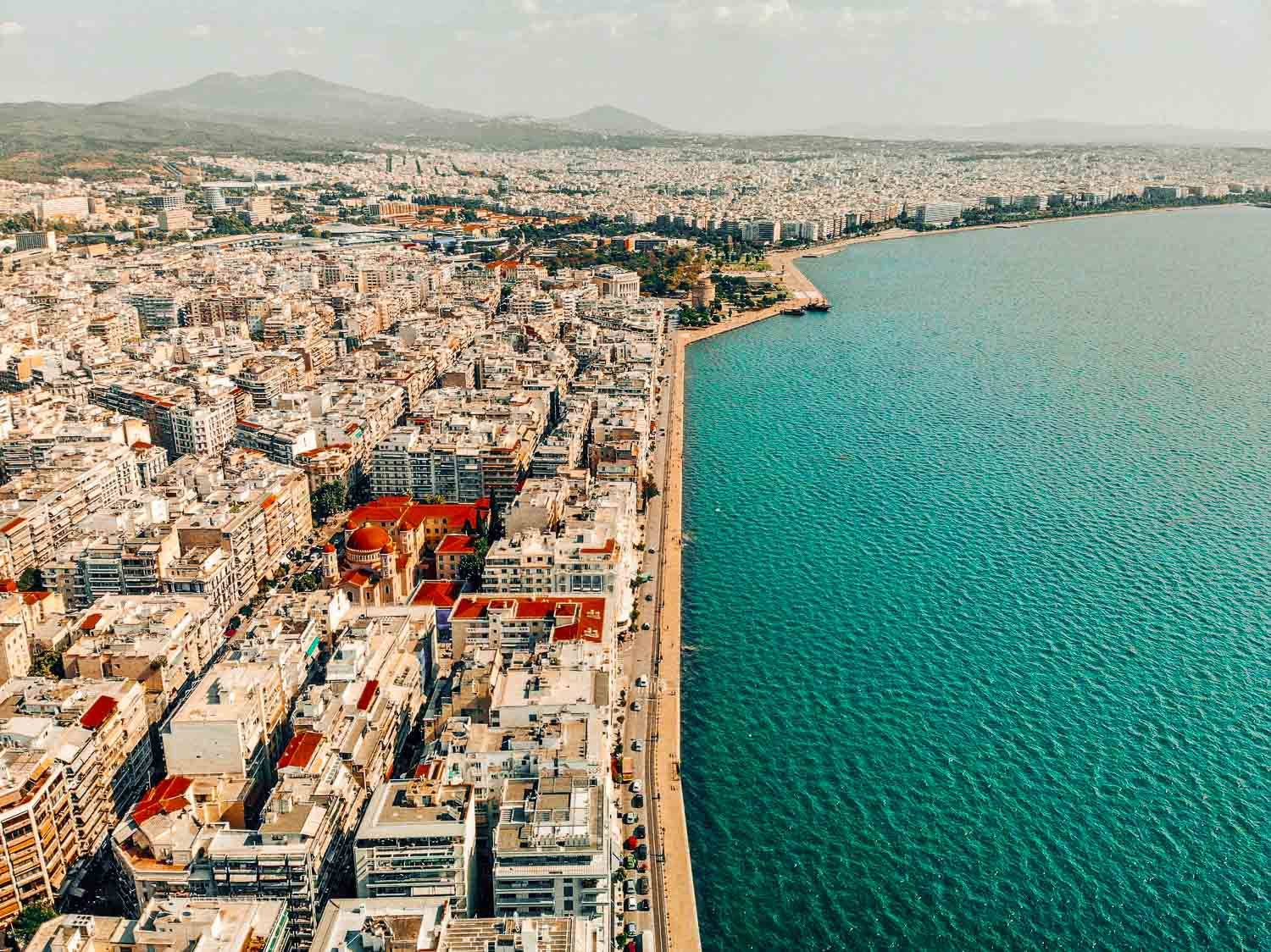
Name and Location: Thessaloniki has several scenic promenades perfect for strolling.
History and Significance: Tree-lined promenades follow the coastline, providing space to relax and enjoy the city.
What to Expect: Walking paths with panoramic sea views, benches, gardens and outdoor art. Popular spots include Nikis Avenue and the Harbor Promenade.
Visitor Information: Promenades are open 24/7. Grab a coffee and enjoy relaxing walks along the waterfront.
Stretch your legs along Thessaloniki’s scenic waterfront promenades. The tree-lined Nikis Avenue hugs Thermaic Gulf with views across the water. To the east, the Aristotelous pedestrian street leads past historic buildings to the Aristotle University campus.
Watch the sunset from the Alexander the Great Promenade along the ruins of the palace where he was born. Scenic plazas with fountains and benches let you pause and enjoy the water views.
Learn the City’s History at Archaeological Museum

Name and Location: The Archaeological Museum of Thessaloniki is located near the city center.
History and Significance: Founded in 1962, the museum displays important archeological artifacts from Thessaloniki and surrounding areas.
What to Expect: Exhibits span paleolithic to late antiquity with mosaics, sculptures, artifacts from daily life and more. Guided tours available.
Visitor Information: Open Tuesday-Sunday 8:30AM-3PM. Admission €8. Closed public holidays.
For deeper insight into Thessaloniki’s past, spend time at the Archaeological Museum. This excellent museum located near the White Tower holds artifacts from the city and surrounding region spanning prehistoric times to late antiquity.
Highlights include ancient mosaics, sculptures, architecture pieces, and gold treasures. A major renovation project breaking ground in 2024 will add more exhibition space showcasing recent local discoveries.
Be Dazzled by the Festival of Lights
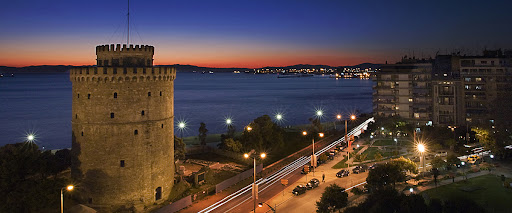
Name and Location: Annual event held along Thessaloniki’s waterfront promenade.
History and Significance: The 10-day festival transforms the city through light installations, projections and exhibitions.
What to Expect: Art and technology merge with creative light displays, multimedia shows and hands-on workshops.
Visitor Information: Takes place in June. Most exhibits are outdoors and free to the public.
Illuminating the city each December, Thessaloniki’s International Festival of Lights shouldn’t be missed. During this week-long event, cutting-edge lighting installations from global artists glow throughout the city after dark.
Watch as iconic landmarks like the White Tower, basilicas, and Aristotelous Square are transformed through projection mapping shows synchronized to music. The dazzling displays make it one of Greece’s most magical winter events.
Hike through Nature at Seich Sou Forest
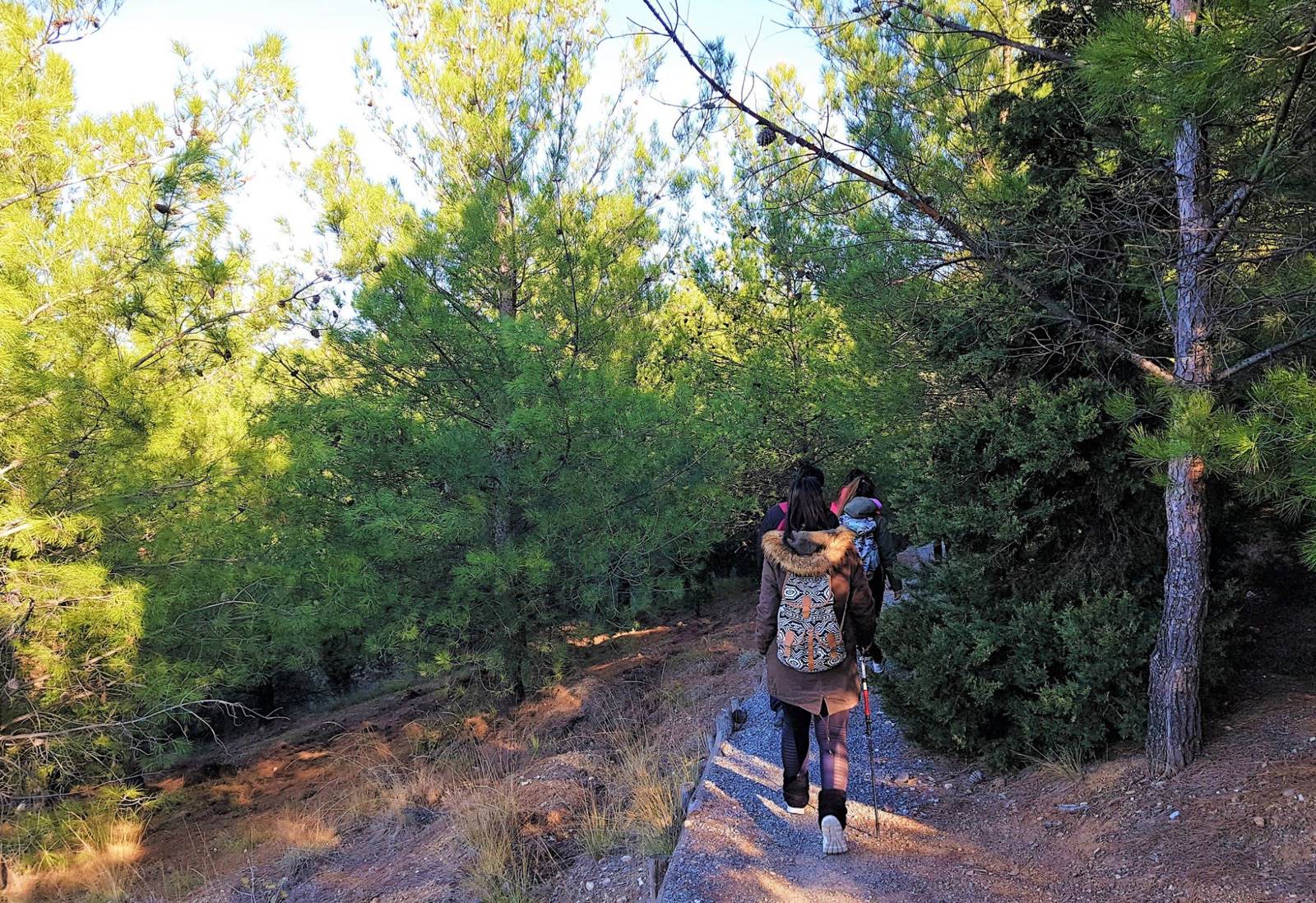
Name and Location: Seich Sou Forest on the southeastern edge of Thessaloniki.
History and Significance: A protected woodland area with walking trails and abundant flora and fauna.
What to Expect: Marked trails and paths winding through pine and fir trees. Picnic areas and educational activities about the local ecosystem.
Visitor Information: Free entrance. Bring proper footwear for hiking. Avoid very hot days.
Only minutes from the city lies the expansive Seich Sou Forest, covering the foothills of the Chortiatis mountain. Known as the “Thessaloniki’s Central Park,” this peaceful pine forest has trails perfect for walking, jogging, and mountain biking.
Paths range from easy loops to steep rock climbing routes up Chortiatis. Stop at a picnic area or outdoor cafe to refuel after working up an appetite in the woods.
Travel Back in Time at the Museum of Byzantine Culture

Name and Location: Located south of the city center close to Ayia Sophia church.
History and Significance: Opened in 1994, the museum showcases Thessaloniki’s pivotal Byzantine history and culture.
What to Expect: Browse impressive exhibits of mosaics, frescoes, icons, inscriptions and daily artifacts from the Byzantine period.
Visitor Information: Open Tuesday-Sunday 8AM-8PM. Ticket prices vary by exhibit. Guided tours available.
Delve deeper into Thessaloniki’s Byzantine heritage at this first-rate museum. Through artifacts, artwork, models, multimedia displays, and interactive exhibits, you’ll gain insight into the complex world of the historic Byzantine Empire.
Standout displays include recreated frescoed church interiors and early Christian mosaics. The museum conveniently sits on the city’s major bus line, making it easy to access.
Catch a Concert at the Roman Forum
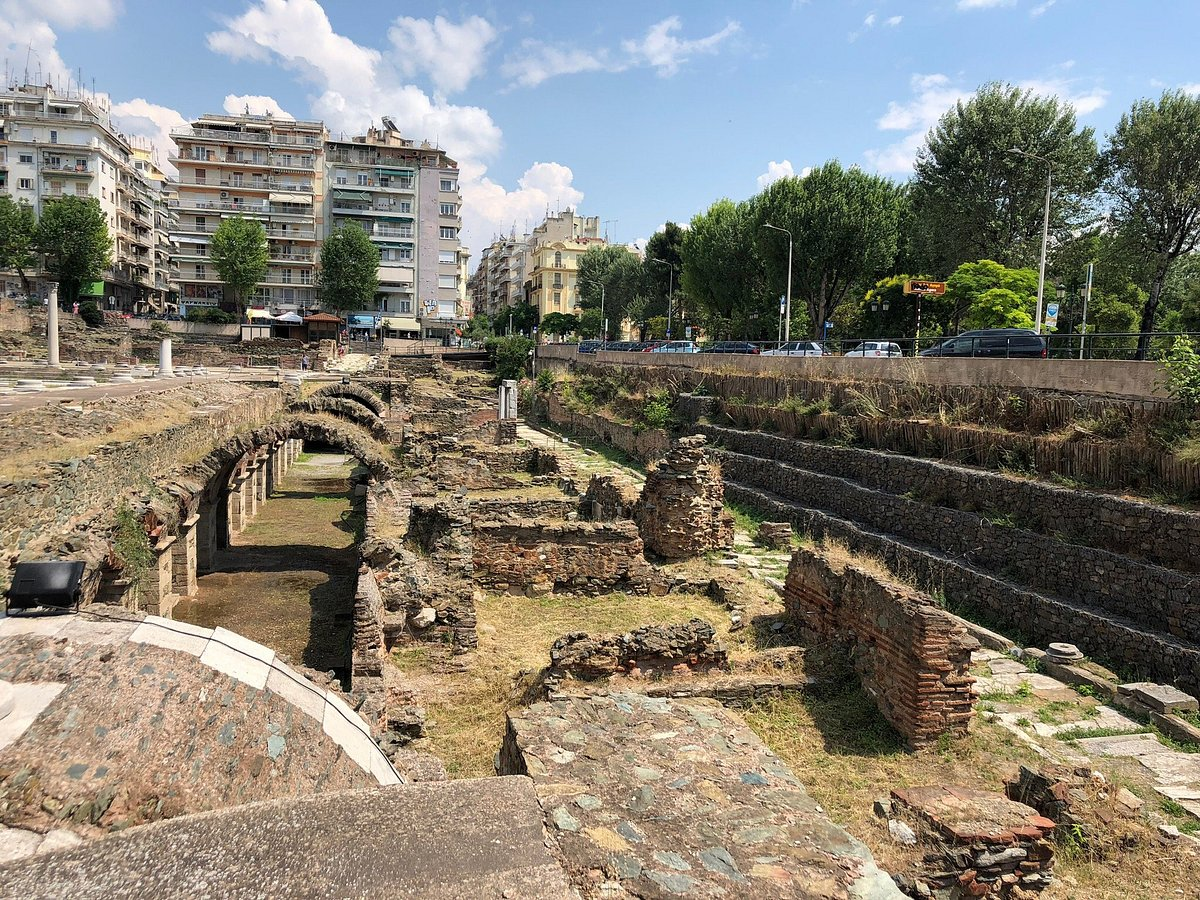
Name and Location: The Roman Forum of Thessaloniki is located northeast of the city center.
History and Significance: This Roman monument is sometimes used a concert venue for theatrical performances and musical events.
What to Expect: The ruins provide a scenic backdrop for concerts, festivals and shows, mainly during summer months.
Visitor Information: Check event listings for details. The site can also be visited as an archaeological site.
If you’re visiting between June and September, don’t miss the concerts and performances held amid the Roman Forum ruins. This ancient Roman marketplace now comprises a dramatic open-air venue hosting events against a historic backdrop.
Programming includes orchestral performances, ancient Greek dramas, ballet, modern dance, and more. International stars like Joan Baez and Diana Ross have performed here too.
Take a Day Trip to Halkidiki

Name and Location: Halkidiki Peninsula, about 50 km southeast of Thessaloniki.
History and Significance: A popular beach destination with three pristine peninsulas jutting into the Aegean Sea.
What to Expect: Pristine beaches, crystal waters, seaside villages and luxury resorts. Visit islands, see ancient ruins, enjoy water sports.
Visitor Information: Daily tours available from Thessaloniki. Go independently by rental car or public bus.
No visit to Thessaloniki is complete without venturing to the famed Halkidiki Peninsula. This trio of forested fingers jutting into the Aegean has pristine beaches, crystal-clear waters, and excellent seafood.
Base yourself at a seaside village like Nikiti or Nea Potidea to relax on sandy shores. You can also island-hop to spots like Kassandra and Ammouliani. Halkidiki offers some of Greece’s most stunning coastal scenery.
Stroll Down the Romantic “Old Town” Ano Poli
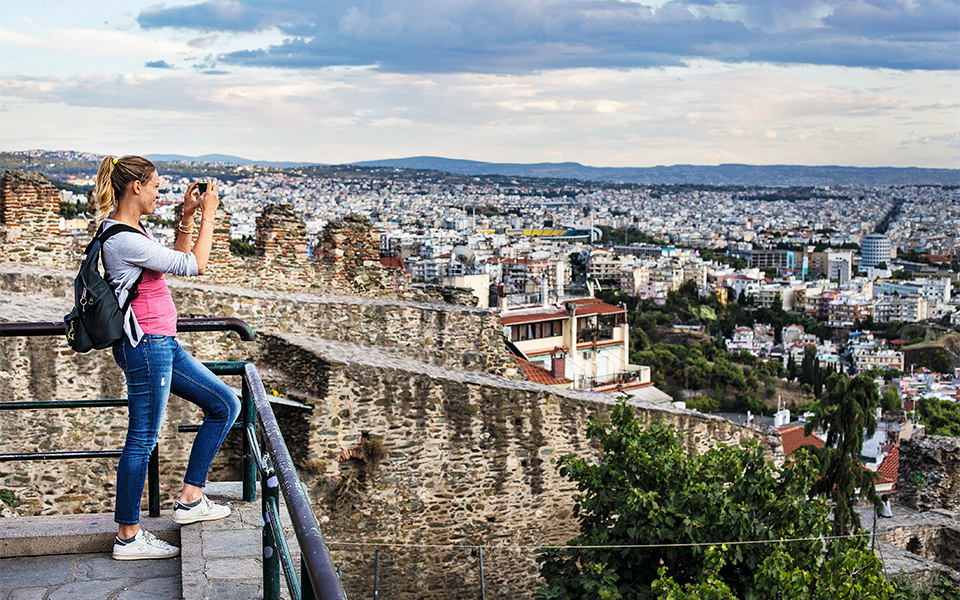
Name and Location: Ano Poli, the Upper Old Town, north of Thessaloniki city center.
History and Significance: Retains traditional architecture and winding alleyways with panoramic city views.
What to Expect: Byzantine and Ottoman-era houses, small tavernas, shops and ruins of the historic Acropolis Walls. Charming and romantic.
Visitor Information: Reachable on foot from the city center. Nice to explore in the evenings when temperatures cool.
For spectacular views over Thessaloniki, head uphill to the charming neighborhood of Ano Poli (Upper Town). This traditional quarter retains its village vibe with cobblestone streets, historic churches, and little tavernas.
The eight-arched stone bridge, known as the Vlatades Monastery Arch, leads to panoramic lookouts. Stop for coffee on one of the scenic squares before descending back to the city center.
Conclusion
From important Byzantine sites to miles of alluring coastline, Thessaloniki offers diverse experiences for travelers. Combining historic sightseeing with Mediterranean relaxation, this Greek port city provides the perfect urban seaside vacation.
Don’t miss getting a taste of Thessaloniki’s rich culture through its food, wine, and spirited festivals too. With new developments underway like the expanded waterfront, 2024 promises to be an especially exciting time to visit this northern Greek gem.

